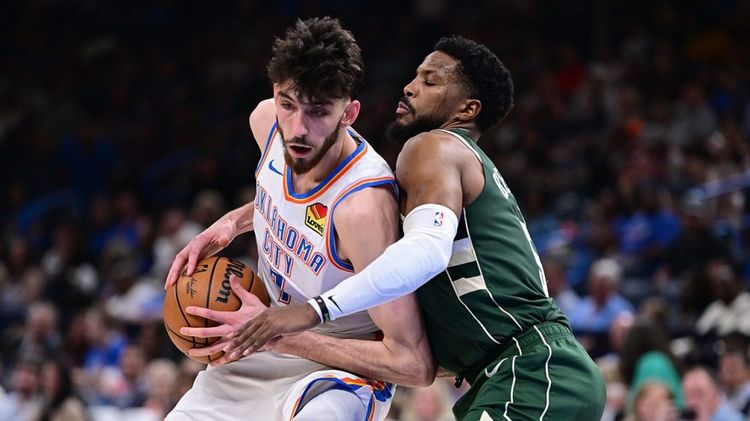2024 NBA Playoffs: Postseason Basketball Really Is Different

The NBA playoffs have felt more disconnected from the regular season of late. Last season, for instance, the Miami Heat became the first team to ever reach the NBA Finals despite being outscored in the regular season. The Denver Nuggets, meanwhile, had the worst point differential per 100 possessions through 82 games of any champion in the past two decades but cruised to the title.
And then there are the players: Some stars rise and others fall, in part because the environment is fundamentally different. Days off between every game not only allow more rest than usual, but they enable much more deliberate game-planning and adjustments by teams to expose opponents’ weaknesses and hide their own.
The gameplay itself is different, too. Here are five key ways that basketball’s on-court product changes in the postseason.
(1) Pace SlowsIn all but two seasons since 1980, there were fewer possessions per game in the playoffs than in the regular season. In 2023, for example, teams had 99.2 offensive possessions per game in the regular season and 96.1 in the postseason. Fewer fastbreak opportunities and tighter half-court defense leads to more drawn-out possessions.
(2) Teams Shoot More ThreesStingier playoff defense makes it more difficult for teams to generate easier shots close to the basket. Indeed, paint touches have consistently declined in the postseason throughout the player tracking era since 2014. As a result, teams settle for more long jumpers.
In all but two years since the 1980 inception of the 3-point line, a higher percentage of shots were taken from 3-point range in the playoffs than in the regular season. The last few seasons, however, have been nearly equal.
Teams chose to live and die by the three in the playoffs, but making those shots is harder to do under the bright lights. Of the 160 playoff squads over the past 10 years, only 35% of those teams improved their three-point shooting percentage in the postseason.
(4) More Isolation OffenseWhen you think “NBA playoffs,” the first image that pops into your head might be a superstar like Michael Jordan or Kobe Bryant going 1-on-1 against the other team’s best defender at the end of a game.
That’s no coincidence. Teams have relied more on isolation offense in each of the past 10 playoffs, as more robust defenses are more likely to shut down the actions that teams have used throughout the season. So superstars step in. Relatedly, there are also always fewer passes and fewer assists during the postseason.
(5) More FoulsThe aggressive postseason defense that limits transition opportunities and shots around the basket while forcing teams out of their offensive sets does come at a cost: more fouls.
The notion that the refs “let ‘em play” in the playoffs isn’t true, according to historical data. The percentage of 2-point shots that yield free throws has been higher in the postseason than the regular season in 19 of the past 23 years, per PBP Stats.
Notably, this didn’t happen last year. In the 2022-23 regular season, there was a spike in the foul rate on shot attempts inside the arc, as offensive players were allowed to initiate contact and then flail their way to calls. In the 2023 playoffs, though, the refs did swallow their whistles more and brought that rate back to normal.
The leeway given to more physical defenders by the officials has varied dramatically during the 2023-24 regular season. But regardless of how the refs decide to call the 2024 NBA playoffs, the stats show that the postseason will be a different animal from the regular season.









































